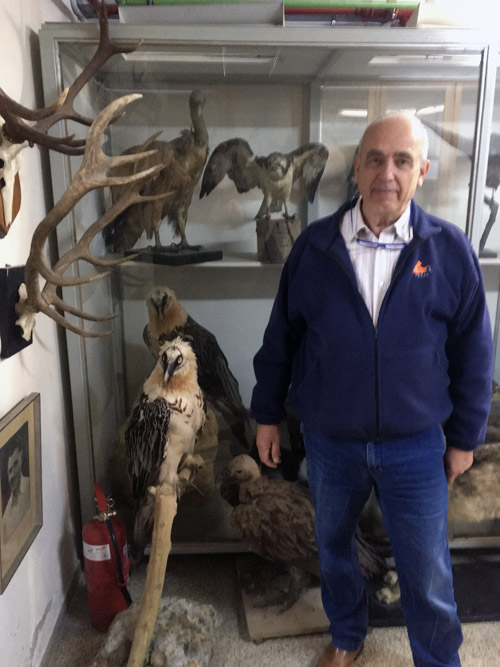
By Yoni Peres, DVM
TEL AVIV, Israel — At the top of the cliff, just like Noah’s Ark after the flood, overlooking the Tel Aviv skyline, stands a unique building – the Steinhardt Museum of Natural History.
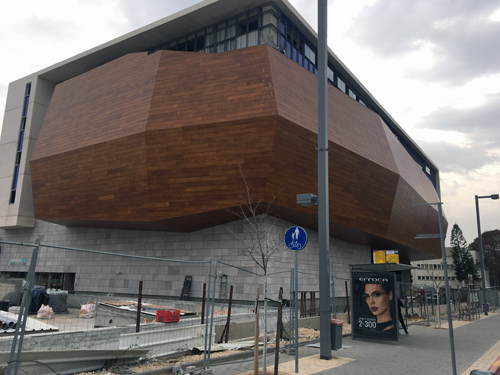
Just a few steps away, in an old building at the Tel Aviv University’s Department of Zoology, Professor Tamar Dayan, the museum chairperson, is leading me through the amazing collection of stuffed animals. Thousands and thousands of birds of prey, antelopes, predators, hoof stock, rodents and other small mammals, reptiles, marine animals and millions of insects, standing crowded, waiting to be transferred to the next door Museum.
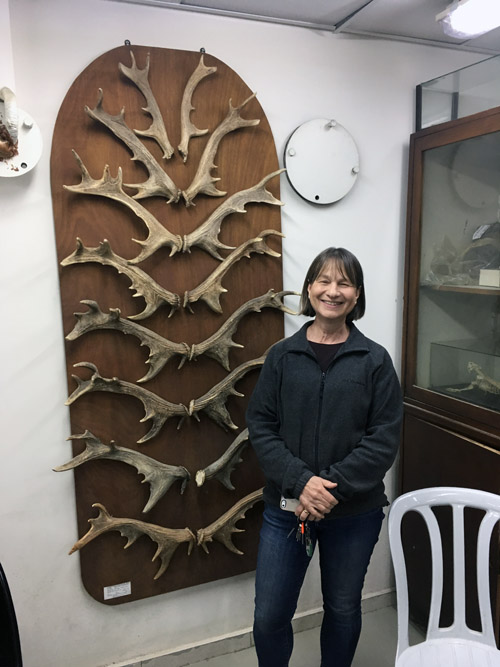
“Most of the countries in the world,” Prof. Dayan enthusiastically explains, “establish institutes, with goals of nature conservation, research and public education. The Smithsonian in Washington DC, and the Museums of Natural History in London and Paris, are national institutes, budgeted by the government for these goals. There are many other municipal and academic ones.”
In the 1930’s, Professor Heinrich Mendelssohn made Aliyah to Israel. Mendelssohn, a native Berliner zoologist and physician, realized that Israel had no medical school nor a zoology faculty. He established a nature center in Tel Aviv, and initiated a nature collection, claiming that people returning to their homeland must study and appreciate its nature. Later on, this center was the nucleus for the Tel Aviv University’s Zoology Department, headed by Mendelssohn.
In the middle of the 20th century, with the cracking of the genetic code, nature collections throughout the world, were deemed to be less important and were related to as “classic science.” This was a global trend, for several decades.
However, in the 1980’s, Israel’s national academy for research, advised the government not to establish an independent natural history museum, but rather recognize the university collections as national museum and research center — the same concept which has been used in the Scandinavian countries.
Over the last 15 years, with the world population growing rapidly, the ecological systems and environment gained more and more public awareness. The need for documentation brought back the importance of the natural collections.
Nowadays, this animal collection contains over 5 million specimens, and in addition there is a herbarium (plant collection) as well as an amazing fossil collection and others smaller collections, handled by approximately hundred scientists.

The university collection also includes “orphan” collections- private collections that have been donated to the academia. Another incredible addition is the Jerusalem Schmidt College collection, containing the last cheetah seen in the early 1900s in the Aravah region in the south of Israel; one on the last leopards, seen north of Jerusalem; the last crocodile from “Nahal Hataninim; ” a bearded vulture, known as a peres, seen near Ein Gedi, in the mid 1980’s; a Syrian bear from the foothill of Mount Hermon; a white oryx; and an impressive Albatross, found collapsed near Eilat.
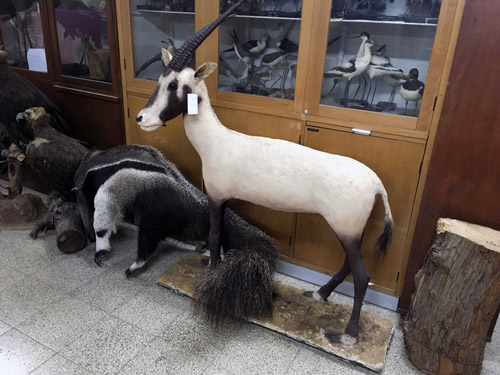
The decision to build a museum for natural history, was made some 30 years ago, while Tel Aviv University was in a difficult economical time. Thanks to Michael Steinhardt, an American Jewish philanthropist, whom Dayan describes as the “Patron Saint of the Israel biodiversity,” the dream has come true, after more than twp decades of patience and determination. “Another miracle occurred”, she said “when we had met Alon Sapan and appointed him the director general of the museum project.”
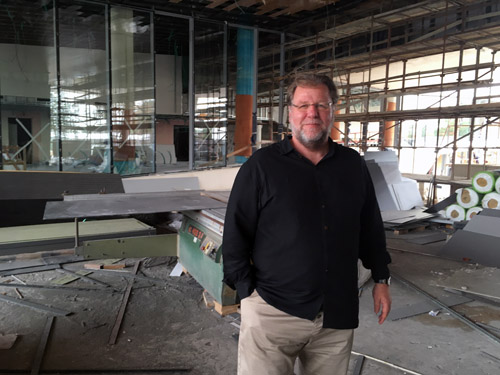
With the major contribution on Steinhardt and donations from other foundations, the project plans were finalized eight years ago. The total budget, including a large parking garage, is about 185 million NIS. The Israeli government support is about one third of the budget, another third by Steinhardt, and the rest from various foundations. The land was allocated by the Tel Aviv city, neighboring the zoological and botanic gardens of the university.
Alon Sapan : “The location is very good and easily accessible, near the railway station. I am sure that the museum will be highly attractive, with the goals of connecting the Israeli public to the importance of the nature and environment values and the research involved.
“There will be six permanent displays and a changing one, all based on our collections and knowledge, spread over 1500 meter square,” he added. “The rest of the 10,000 meter square building, will consist of observation terrace, open door amphitheater, laboratories, auditorium and offices. The building is designed resembling the Noah’s Ark.
The opening ceremony is planned for June 26.
“We expect up to 200,000 visitors per year, including lectures, courses and workshops.”
Alon Sapan was the director of the “Orna Porat Theater for children and youth, Mediatech museum in the Cinemateq, the Museum of Comics, the museum of design and the museum of digital art, all in the city of Holon.
Sapan is very excited to be the director of the first large scale museum of natural history, and considers it a great challenge. “I was amazed by Tamar (Dayan)’s enthusiasm, which infected me as well,” he says.
Dayan is a Professor of Zoology and the Robert Raynor Chair for Environmental Conservation Research at Tel Aviv University. During her post-doc, she spent a year at FSU (ecology with Daniel Simberloff) and a year at Harvard (paleobiology with Steven Jay Gould).
*
Peres is a retired veterinarian who earlier in his life operated a landscaping business.
Pingback: Tel Aviv readies new natural history museum – San Diego Jewish World | APG Editorial